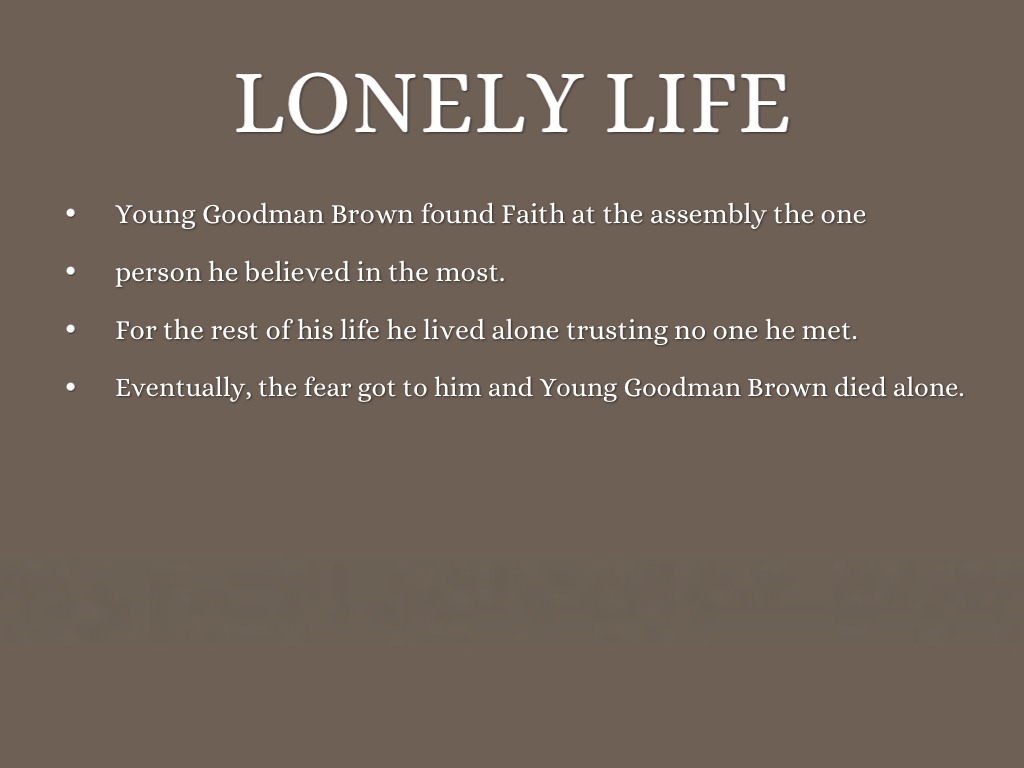In today's world, the art of communication has evolved, and so have the methods through which people express their needs and desires. One such method that has gained traction, particularly in social media circles, is known as dry begging. This phenomenon can be perplexing to many, as it often blurs the lines between genuine requests for help and subtle manipulations for sympathy. With an increasing number of individuals engaging in this behavior, it's essential to explore what dry begging truly entails and how it manifests in everyday interactions.
Dry begging examples can be found in various contexts, ranging from social media posts to casual conversations. It typically involves individuals hinting at their struggles or needs without making an outright request for assistance. This indirect approach can leave the audience feeling obligated to respond or provide help, even if no explicit plea has been made. The subtlety of dry begging can make it a complex issue, especially as it often plays on the emotions of others.
As we delve deeper into the topic of dry begging examples, it's crucial to recognize the different forms it can take and the motivations behind them. Understanding these nuances will enable us to differentiate between genuine appeals for support and those that may seek to exploit others' compassion. In this article, we will explore various aspects of dry begging, providing clarity and insight into this intriguing phenomenon.
What is Dry Begging?
Dry begging refers to the act of hinting at a need for help or support without explicitly asking for it. This can take many forms, including:
- Social media posts that convey distress or hardship
- Subtle comments about financial struggles
- Indirect requests for emotional support or validation
Unlike traditional begging, which is straightforward and direct, dry begging relies on insinuation and emotional appeal. It often aims to elicit sympathy or support from others without a formal request for assistance.
What Are Some Common Dry Begging Examples?
Understanding dry begging examples can help identify this behavior in everyday situations. Here are a few common instances:
- A person posts on social media about feeling overwhelmed with bills but does not ask for financial help.
- Someone shares a story of hardship, such as job loss, and ends the post with a vague statement about needing positivity.
- A friend casually mentions they can't afford to go out for dinner, hoping someone will invite them.
These instances exemplify how individuals may seek assistance or support without explicitly stating their needs.
Why Do People Engage in Dry Begging?
Motivations for engaging in dry begging can vary widely. Some common reasons include:
- Fear of rejection or vulnerability: Many individuals may feel uncomfortable directly asking for help due to fear of being turned down.
- Seeking validation: Some may use dry begging as a way to garner attention or sympathy, which can boost their self-esteem.
- Desire for connection: People may hint at their struggles to foster empathy and connection with others.
Are There Negative Impacts of Dry Begging?
While dry begging can serve as a means of communication, it can also have unintended consequences. Some potential negative impacts include:
- Strained relationships: Friends and family may feel manipulated or pressured to provide help when they don’t know the person is asking for it.
- Emotional exhaustion: Constantly hinting at needs without direct communication can lead to frustration and resentment among peers.
How Can You Respond to Dry Begging?
Responding to dry begging can be challenging, especially if you are unsure of the person's actual needs. Here are some strategies to consider:
- Ask open-ended questions: Inquire if the person needs help or support. This can clarify their intentions.
- Offer support directly: If you sense that someone is struggling, consider offering help without waiting for them to ask.
What Are Some Alternatives to Dry Begging?
Instead of engaging in dry begging, individuals can adopt more straightforward approaches to express their needs. Some alternatives include:
- Directly asking for help: Being upfront about what you need can lead to more effective support.
- Seeking professional assistance: For emotional or financial troubles, reaching out to professionals can provide structured support.
What Is the Role of Social Media in Dry Begging?
Social media has significantly influenced the prevalence of dry begging. It provides a platform for individuals to share their struggles and seek validation from a wide audience. Some impacts include:
- Increased visibility: Social media allows individuals to broadcast their needs to a larger audience, increasing the likelihood of receiving support.
- Potential for misinterpretation: Online posts can be easily misinterpreted, leading to misunderstandings about one's intentions.
Are There Alternatives to Social Media for Seeking Help?
While social media can be a powerful tool, there are other avenues for seeking assistance. Consider these options:
- Community support groups: Local organizations often provide resources for those in need.
- One-on-one conversations: Engaging in direct dialogue with friends or family can foster deeper connections and support.
Conclusion: Understanding Dry Begging Examples
In conclusion, dry begging is a complex phenomenon that reflects the nuances of human interaction and communication. By understanding dry begging examples, we can better navigate our relationships and support one another effectively. Whether through social media or personal conversations, acknowledging the underlying motivations behind dry begging can foster empathy and connection, ultimately leading to healthier interactions.
Heartfelt Reflections: Steve Harvey's Sad News Today
Trey Gowdy's Transformation: The Truth Behind Plastic Surgery Rumors
Discovering The Charismatic Lee Jong Suk: A Journey Through His Life And Career


